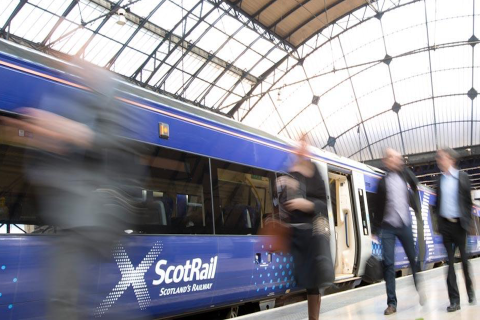London Underground saved with massive second bail out

Transport for London has been granted a second massive bail out package by the UK government. Westminster has agreed to a package of support, worth 1.8 billion British pounds (two billion euros) to keep services running. The elected major of London, Sadiq Khan, had pleaded the case for the support, in the face of an almost complete collapse of fare revenue since March. According to reports in the British media, without a bailout the network would have been forced to issue a Section 114 order, the equivalent of bankruptcy for a public company in the UK.
Want to read more?
You have read all of your free premium articles for this month. Please become a subscriber to keep reading.
Subscribe now!
Take advantage of our exclusive offer to get full access to all premium content.





It is being Very political calling it a ‘bail out’.
The funding is a Government Grant – which so many people and companies are receiving.
You do not see in press articles of the 80% of salary (of those who were not sacked during the short end of phase 1) as a Employee/Worker Bail Out.
Only those in “The Land of Nope and Tory” would use the term Bail Out.